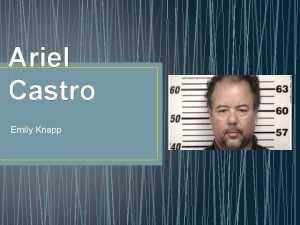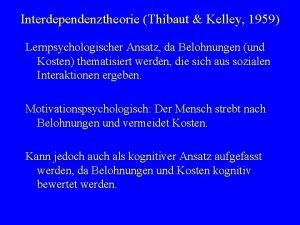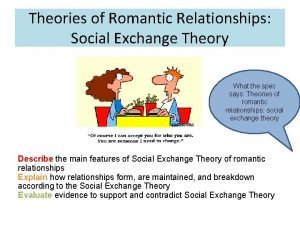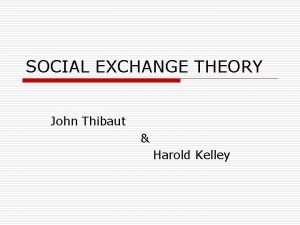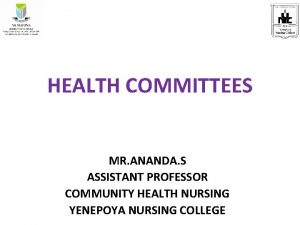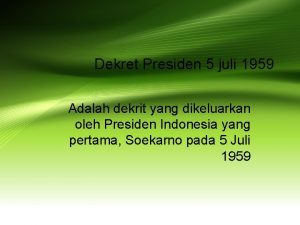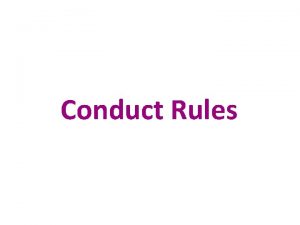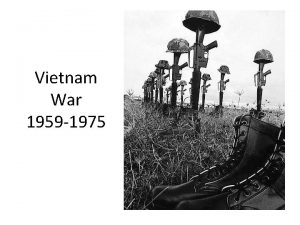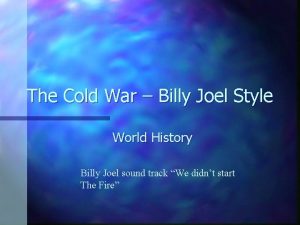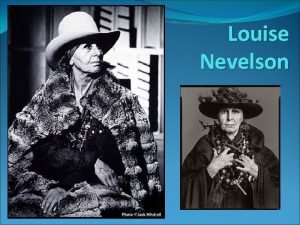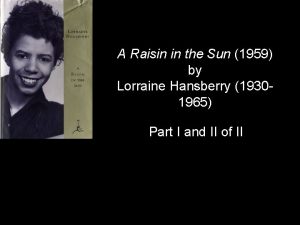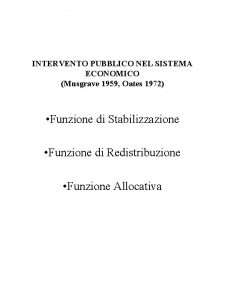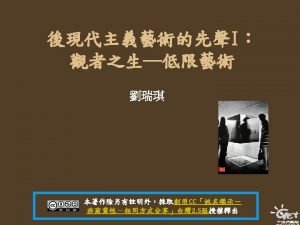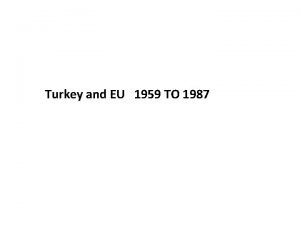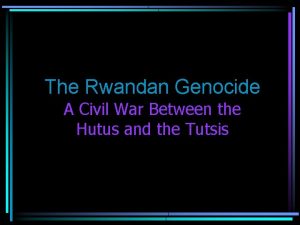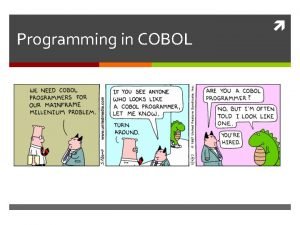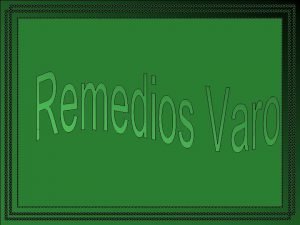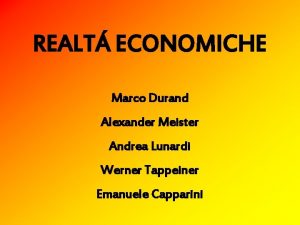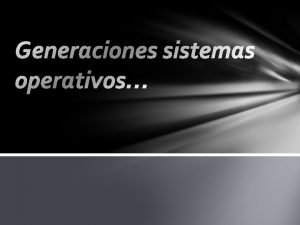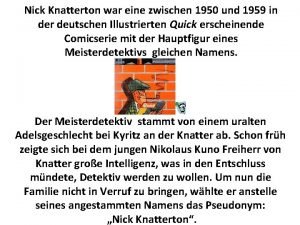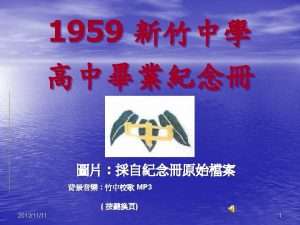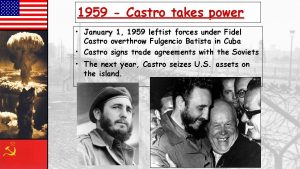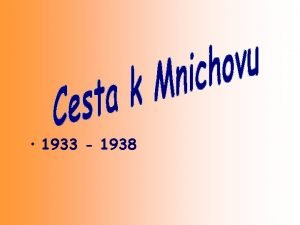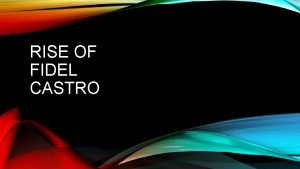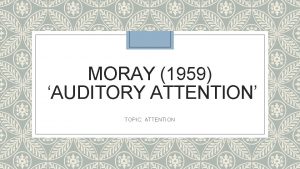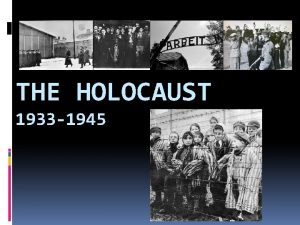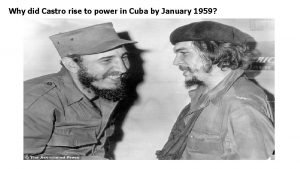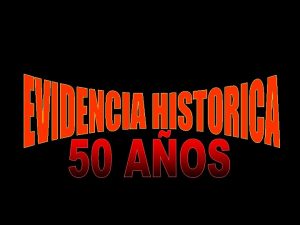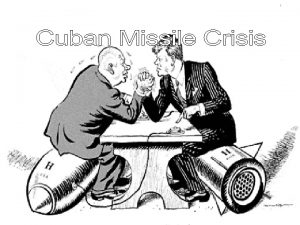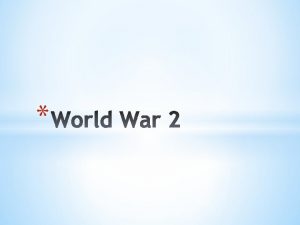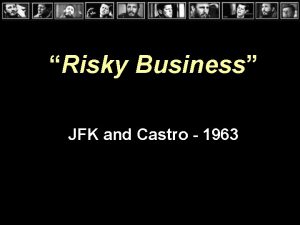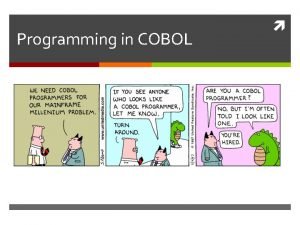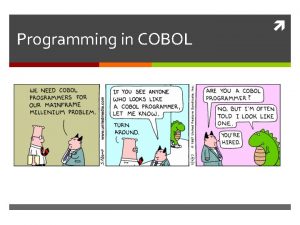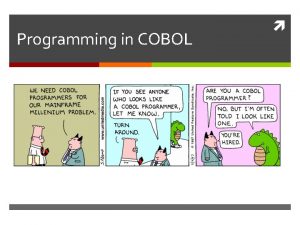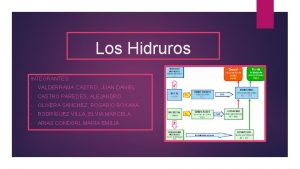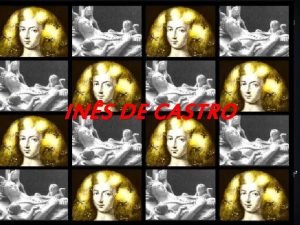Castro Origins and Rise 1933 1959 How did



























- Slides: 27

Castro

Origins and Rise: 1933 -1959 *How did the historical context of Cuba before 1953 contribute to Castro’s rise to power? – Cuban Revolt 1895 – Revolution for independence from Spain – Jose Marti and “Cuba Libre” – Free Cuba – Castro’s version of “Cuba libre” is “Cenenario” – He wants Cuba to be free of US influence; justice, equality – He cast himself as an ideological descendent of Jose Marti – Spanish American War 1898 – Platt Amendment: Cuba is a US protectorate – We control foreign policy, no debt with other nations, Guantanamo – Renounced in the Good Neighbor Policy

Cont. Fulgencio Batista 1934 -1951 – US Support – USA’s puppet leader in Cuba – Not communist – Friendly to US interest in trade and tourism – Progressive Authoritarian and corrupt – Reformer in the 1930 s; wanted to modernize and advance – Over time, became authoritarian and corrupt – Suspending elections and sham elections

Cont Socioeconomic conditions in Cuba 1950 s – Economy: sugar and tourism – Both tied to United States – Single crop economy: 80% of export earnings tied to sugar – Wealthy Americans went to Cuban casinos during prohibition – Racial, Geographic Disparities – Divide between white Cubans and Afro Cubans – Urban vs. Rural disparity – Wealthy planter elite on sugar plantations (haciendas) – Majority were workers or small farmers – Dominance of Foreign Investors – 75% of farm land was foreign owned – 40% of sugar – 90% of essential services (financial, transportation, communication)

*What were the key stages in Castro’s struggle against Batista’s dictatorship in the period 195359? – Moncada (Cuban military barracks) in the city of Santiago 1953 – Castro and supporters attacked the barracks – They weren’t able to take them or start a revolution – Castro was arrested: 26 July: name of the movement – Trial for treason – Che Guevara 1955 – Released by Batista to appease the ppl and prevent a revolution from happening – He left for Mexico to recruit and train an invasion army to invade Cuba – Became Castro’s buddy


Cont – Castro’s return to Cuba 1956 – Granma: a small yacht made for 25 ppl – Brought 80 person invasion force – Immediately attacked – 26 of July Movement – Principles: independent Cuba, social justice, democracy – Manifesto: “History will Absolve me” speech – Fidelistas: those who join the guerilla force

Cont – Herbert Matthews – New York Times – Romanticized, sympathetic view of Castro – Operation Verano 1958 – Batista’s forces attacking Sierra Maestras to kill Castro and end resistance – 12, 000 vs 300 – Castro had good defensive positions – Batista’s forces turned back – Victory for Castro was demoralizing for Batista – Fidelista’s Attack 1958 – Castro on the offensive – Battles of Yaguajay and Santa Clara – Split Cuba as it made its way up north – Major city of Santa Clara – decisive battle – Castro’s triumphant entry into Havanna

*Why was Castro successful in his bid to overthrow Batista?

Ideology & Nature of the State *What role did ideology play in Castro’s rise to power before 1959? – Reformer or Revolutionary – Wanted to reform the system, not overthrow it – Went to anti-US protests in 1948 in Bogata – Turning point: 1952 election: ran for national legislature, but Batista cancelled the election – Showed the corruption that was there; led him to be a revolutionary – Free Cuba – Jose Marti: “Cuba libre” – Castro’s version of “Cuba libre” is “Cenenario” – He wants Cuba to be free of US influence; justice, equality – He cast himself as an ideological descendent of Jose Marti

cont – “History will Absolve Me” – 1953 – Last line of statement to the court when on trial for Moncada attacks – Later published as “History Will Absolve Me” – Promises of agrarian reform, rent reductions, industrial development and modernization, expansion of education and healthcare, and taking control of public utilities

*Did Castro become a Communist after 1959? – Bay of Pigs Invasion – US CIA sponsored an invasion of 1, 400 Cucan exiles, hoping to spark a national uprising – Complete disaster – Led Castro to announce that he was a “Marxist-Leninist” – Strengthened him bc he was seen as anti-US – Had communist policies ie agrarian reform, nationalization of industry, labor reform – Transition to Communist State – 1963: Fidelistas & Cuban communists = one organization – 1965: communist party of Cuba – 1976: Cuba becomes official communist party – New constitution replaced 1940 one – Created a system of assemblies at municipal, provincial, national level: communist members

Establishment & Consolidation of Castro’s rule *How did Castro establish his power from 1959 -75? – Castro was the head of the army and was the Prime Minister within 6 weeks – The Fundamental Law of the Republic – The executive branch (Castro) would have legislative power

*What measure were taken after 1975 to further consolidate Castro’s power? – Bureaucratic reorganization (1970 s) – Separated military, gov’t bureaucracy and communist party – But Castro is the head of all three – Transition to a Communist State – 1963: fidelistas and Cuban Communists = one organization – 1965: Communist party of Cuba – 1976: Cuba becomes an official communist party – New constitution replaces 1940 constitution – Created a system of assemblies at municipal, provincial, and national level – Almost all members were communist

Domestic Policies & Impact *What were the main features of Casto’s economic policies? – Agrarian Reform Law 1959 – Written by Che Guavara – The moral incentive: convince people that this is the right answer to problems – Latifundias were outlawed by the 1940 Batista constitution – But this wasn’t enforced because they were owned by Americans and supported valuable businesses – Set a max estate law at 995 acres – going against latifundias – Abolished sharecropping – Restricted foreign ownership – All uncultivated land goes to state

cont – National institute of Agrarian Reform established to oversee reforms – Latifundios granjas del pueblo – Farms of the people – Publically/state owned – Foreign compensation – Paid in 20 year Cuban govt bonds – 2 nd Law of Agrarian Reform – Nationalized medium sized farms – Results: farm production decreased

Cont – Labor Reform – Bring organized labor into decisions about production goals and labor laws – Wants their support – Production goals and regulations – Guaranteed living wage and drawback – Huge for agrarian works – not a year round job – But as working class got more money, ate more food – leads to food shortages

cont – “Year of Decisive Endeavors” 1970 s – In 1963, set goal of 1970 as ^ – Had been harvesting about 5. 5 – 6 million tons – Goal: increase sugar production in order to decrease dependence on sugar – Take money to build industry and infrastructure in Cuba for a more diversified economy – Promote national unity – Imported more sugar crops and recruited young urban Marxists to work – Didn’t hit goal: got 8. 5 million tons – Castro admitted failure and offered to step down – Used this as an excuse to make govt more centralized

Cont. – Nationalization – Foreign owned property – After the Bay of Pigs invasion, the govt took all American owned stuff – eg: entertainment, essential services, casinos – Will not compensate US embargo – Business (1968) – Nationalized all businesses, foreign or Cuban owned – Hired by gov, set salary – Holding of Roman Catholic Church – All property – Cuban bishop and other clergy exiled – Still have churches though

*What were the main social policies in Casto’s Cuba? – Standard of Living Rise – Raised the standard of living at the cost of a growing authoritarian state and dictatorship – “Year of Education” 1961 – During a speech to the UN, Castro set 1961 as the “year of education” – End of illiteracy in Cuba – Increased the number of teachers and schools – Offered universal, free education – Had the money for this bc of nationalization – Results – Millions taught to read/end of illiteracy – Indoctrination – Number of women in school and work tripled

Cont – Improvements in Healthcare – Govt provides free, universal healthcare – Lots of new doctors, hospitals, etc – Infant mortality rate decreased and life expectancy increased

*What were Casto’s policies towards women, ethnic and other minorities, and religion? – Racism – Lower priority for Castro, therefore slower progress – By the 1970’s, wages were equal for all groups, and so was healthcare ad employment – There were increases in mixed marriages

Cont: Women in the Revolution – Most women supported revolution and the promise of social justice – Vilma Espin and FMC – Founded the Cuban Women’s Federation (1960) – Supported revolution – Went after illiteracy rates in women, male attitudes – Universal education and healthcare to contribute to greater economic equality – Family Code 1975 – Guaranteed women equal opportunity in education and employment – Legitimized divorce in Cuba – Mandated equality in marriage – Cuba led Latin America in gender equality

*What impact has the Cuban Revolution had on education, young people and the arts? – Counter Culture Social Discontent: Nueva Trova Movement – “new ballad” – Music – Leaders: Rodriguez and Santamaria – Inspired by the 1930’s American counterculture folk artists such as Bob Dylan – Not openly critical of Castro – Supported revolution and its ideals but protesting the missteps of the govt and the growing authoritarian state – “Year of Education 1961”



Video http: //www. history. com/topics/cold-war/fidel-castro/videos/castro-and-thecuban-revolution
 Emily castro
Emily castro Tricky dicky richard nixon
Tricky dicky richard nixon Rise and rise again until lambs become lions
Rise and rise again until lambs become lions Rise and rise again until lambs become lions
Rise and rise again until lambs become lions Rise and rise again until lambs become lions origin
Rise and rise again until lambs become lions origin Thibaut and kelly
Thibaut and kelly Richard emerson social exchange theory
Richard emerson social exchange theory Thibaut and kelley social exchange theory
Thibaut and kelley social exchange theory Makalah pancasila dalam lintasan sejarah bangsa
Makalah pancasila dalam lintasan sejarah bangsa Recommendation of kartar singh committee
Recommendation of kartar singh committee Isi dekrit presiden 5 juli 1959
Isi dekrit presiden 5 juli 1959 Odisha govt servant conduct rules pdf
Odisha govt servant conduct rules pdf 1975-1959
1975-1959 Tosconini
Tosconini Louise nevelson dawn's wedding chapel iv
Louise nevelson dawn's wedding chapel iv Primeira geração (1951-1959)
Primeira geração (1951-1959) A raisin in the sun 1959
A raisin in the sun 1959 Musgrave 1959
Musgrave 1959 Die fahne hoch! (frank stella)
Die fahne hoch! (frank stella) 1987 - 1959
1987 - 1959 Site:slidetodoc.com
Site:slidetodoc.com Cobol 1959
Cobol 1959 Jungalwalla committee
Jungalwalla committee Jungalwalla committee
Jungalwalla committee Maria de los remedios varo y uranga
Maria de los remedios varo y uranga Faciba 1959
Faciba 1959 Primera generación (1951-1958)
Primera generación (1951-1958) Wer war nick knatterton
Wer war nick knatterton
